The Truth About North Carolina’s Pulled Pork Capital: It’s Not Where You Think
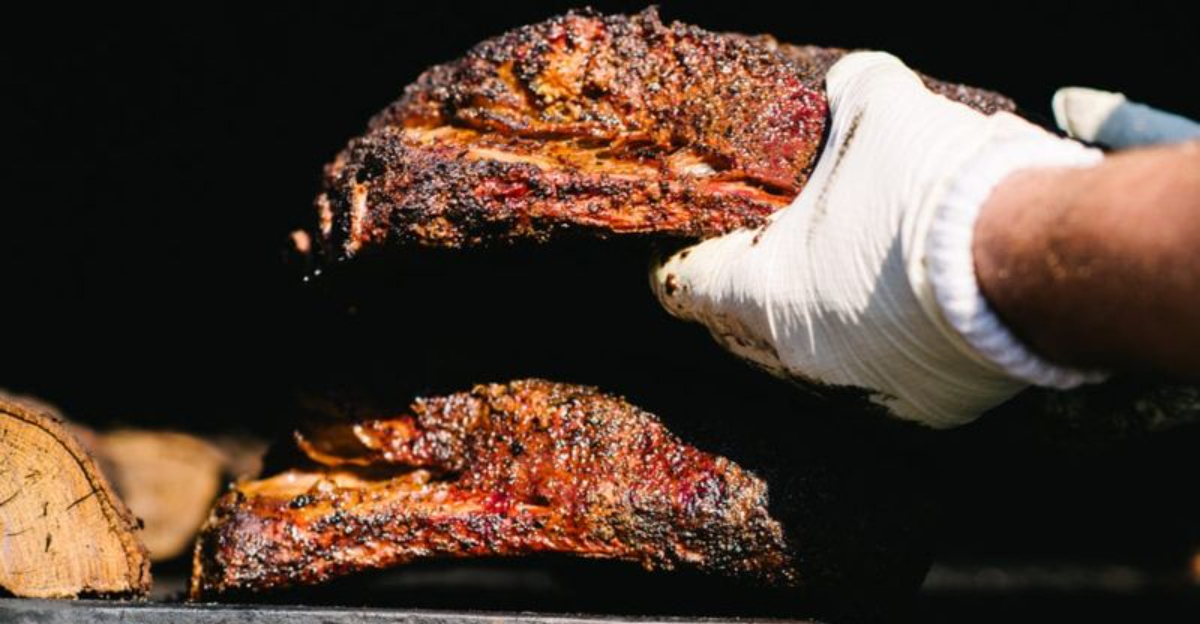
Everyone assumes Lexington holds the crown for North Carolina’s pulled pork scene, but the real story is way more interesting than that.
The state’s barbecue culture runs deeper than one town’s marketing genius, stretching across eastern communities where whole-hog traditions have been perfected for generations.
Get ready to discover the smoky truth about where North Carolina’s pulled pork legacy really lives.
The Whole-Hog Heritage

This isn’t your backyard cookout situation. Whole-hog barbecue represents the soul of eastern North Carolina, where entire pigs get smoked over wood coals for hours until every part transforms into tender, smoky perfection.
The method includes everything from tenderloin to crispy skin, all chopped together and dressed with sharp vinegar sauce. Restaurants like Skylight Inn in Ayden have kept this tradition alive since 1947, refusing to compromise on authenticity.
When you taste it, you’re experiencing centuries of culinary heritage in every bite.
Eastern vs. Western Showdown

Where you stand on this debate reveals everything about your barbecue allegiance. Eastern style champions the entire hog with tangy vinegar sauce that lets the meat’s natural flavor shine through like a spotlight on a stage.
Western style focuses on pork shoulders dressed in sweeter, tomato-kissed sauce that adds complexity and richness. The eastern approach feels pure and unfiltered, while the western brings a comforting sweetness that some folks crave.
Both styles have fierce defenders who’ll argue until the coals go cold.
The Legends Of Ayden, Goldsboro, And Greenville
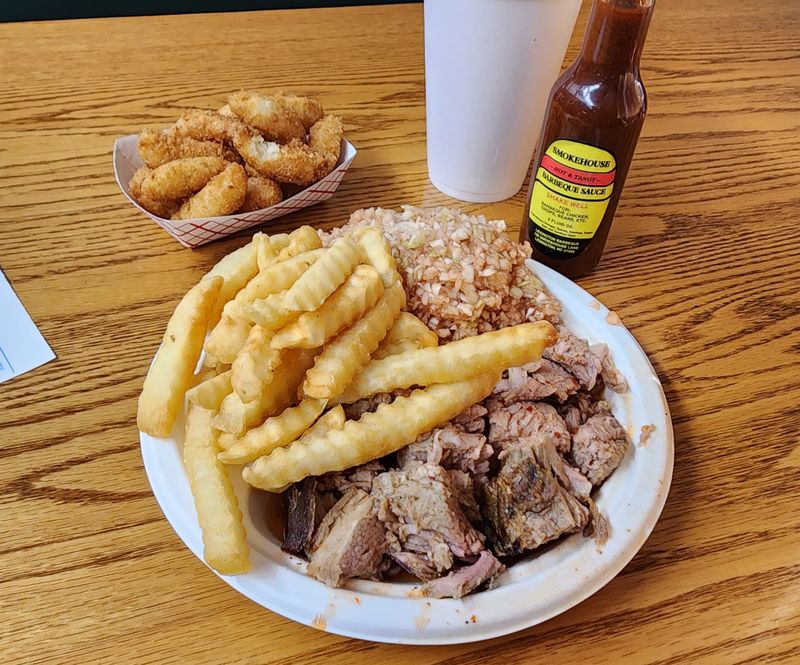
These eastern towns don’t just serve barbecue. They breathe it like oxygen, with joints like Skylight Inn and Wilber’s Barbecue drawing pilgrims from across the globe who seek authentic whole-hog experiences.
Ayden’s population barely cracks 5,000, yet its barbecue reputation towers over cities ten times its size. Goldsboro and Greenville carry similar weight, hosting establishments where recipes haven’t changed in decades because perfection doesn’t need tweaking.
Visit these towns and you’ll understand why eastern North Carolina quietly holds the real crown.
Lexington’s Smart Marketing Move
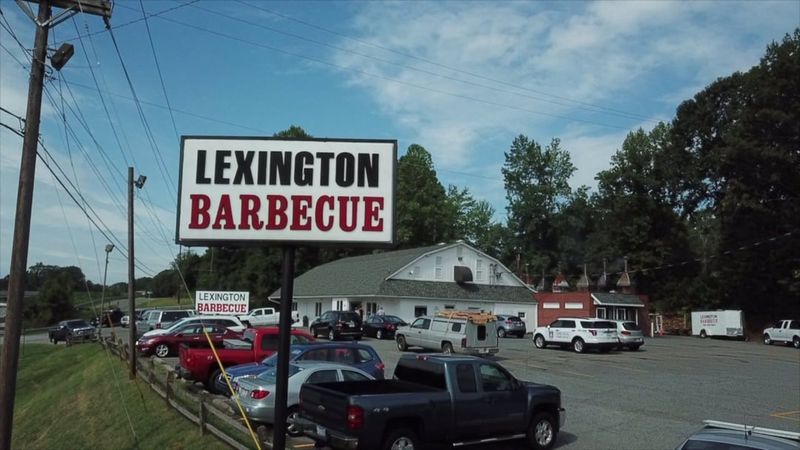
Did someone say branding genius? Lexington turned its regional style into a full-blown empire through festivals, tourism campaigns, and relentless self-promotion that made the world believe it owned North Carolina barbecue.
The Lexington Barbecue Festival draws 200,000 visitors annually, creating an economic powerhouse that eastern towns never bothered pursuing. Smart marketing doesn’t make better barbecue, but it sure makes louder noise.
While eastern pitmasters quietly perfected their craft, Lexington hired publicists and won the perception war through sheer promotional hustle.
How Geography Shaped Flavor

Geography isn’t just about maps and mountains. Eastern North Carolina’s coastal plains provided access to whole hogs and hardwood forests perfect for smoking, while western regions developed different agricultural patterns that favored pork shoulders.
The availability of ingredients directly influenced what ended up on the pit and in the sauce. Eastern vinegar-based recipes emerged partly because tomatoes were less common in coastal areas during barbecue’s early days.
Regional identity formed around what the land offered, creating flavors as distinct as the terrain itself.
Modern Pitmasters Redefining Tradition

However, tradition doesn’t mean frozen in time. A new generation of pitmasters across Raleigh, Durham, and Charlotte honors old-school techniques while experimenting with creative rubs, international spices, and unexpected flavor combinations.
These culinary rebels respect the whole-hog foundation but aren’t afraid to push boundaries with Korean-inspired sauces or herb-infused wood chips. Their restaurants attract younger crowds who appreciate innovation without abandoning roots.
The result keeps North Carolina barbecue relevant and exciting for audiences who demand both authenticity and evolution.
The Science Of Pulled Pork

Are you ready for some delicious chemistry? Low, slow cooking breaks down collagen in pork into gelatin, creating that melt-in-your-mouth texture that makes pulled pork legendary.
Wood smoke contains compounds that penetrate meat surfaces, forming that coveted pink smoke ring while adding complex flavors impossible to replicate with liquid smoke or shortcuts. +
Temperature control between 225 and 250 degrees Fahrenheit allows fat to render properly without drying out lean sections.
Understanding the science helps explain why authentic barbecue requires patience, skill, and unwavering attention to detail throughout the entire cooking process.
Barbecue As Identity
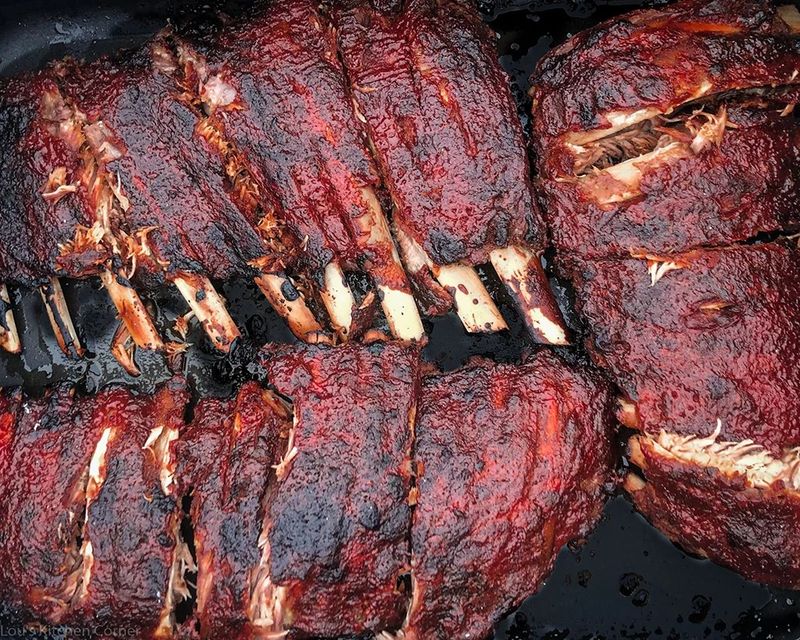
Though food brings us together, barbecue in North Carolina transcends mere eating. It represents cultural identity, family heritage, and community bonds that tie generations together through shared meals and time-honored recipes passed down like precious heirlooms.
Pig pickin’ events serve as social glue, bringing neighbors together for celebrations that strengthen relationships beyond the dinner table. Political campaigns, church fundraisers, and family reunions all revolve around barbecue as the centerpiece.
When North Carolinians defend their barbecue style, they’re really defending who they are and where they come from.
The Disappearing Art Of Hand-Pulling
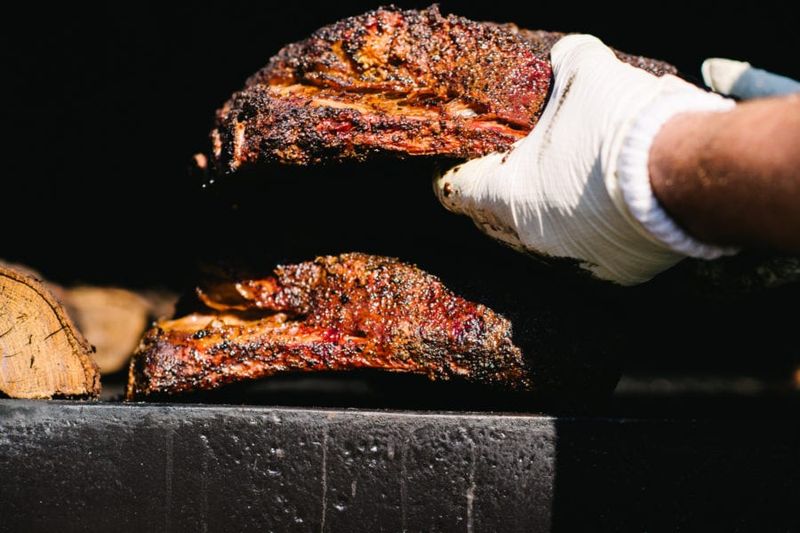
Most restaurants today use mechanical choppers or knives to process their barbecue quickly. In eastern North Carolina, though, some old-school pitmasters still pull pork by hand, piece by tender piece. This technique takes more time and effort, but it creates a texture you can’t get any other way.
Hand-pulling allows the cook to feel the meat’s tenderness and separate the choicest portions from tougher bits. You can mix in just the right amount of crispy skin and smoky bark.
Places like family-owned joints in Ayden and Kinston keep this tradition alive, even as younger generations move toward faster methods that sacrifice quality for speed and convenience.
The Future Of North Carolina Barbecue
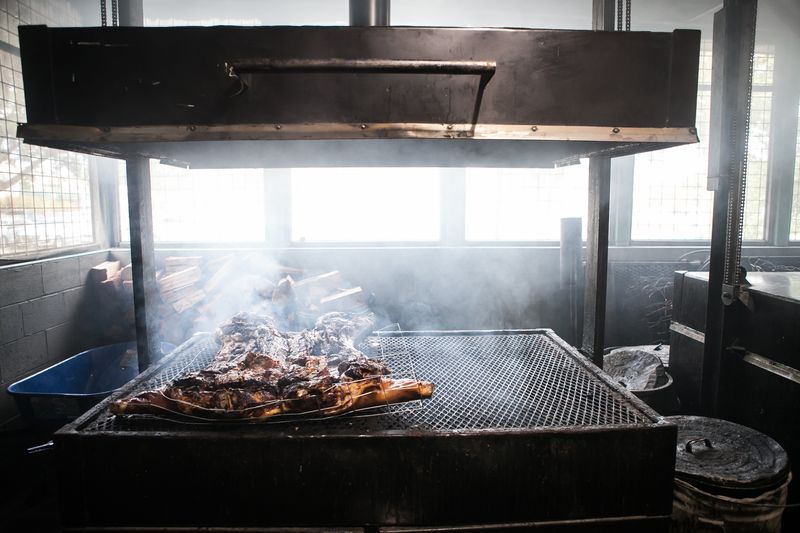
Younger pitmasters are stepping up to carry the torch, but they face real challenges. Wood prices keep climbing, environmental regulations get stricter, and fewer people want to work overnight tending smoky pits. Yet innovation is happening without abandoning tradition.
Some cooks are experimenting with sustainable hardwoods and energy-efficient smokers that still produce authentic flavor. Others use social media to teach barbecue history to new audiences who might never have visited eastern North Carolina.
Events like Kinston’s BBQ Fest bring thousands of people together, proving that community support can keep these traditions alive for generations ahead, as long as passion and dedication remain strong.






